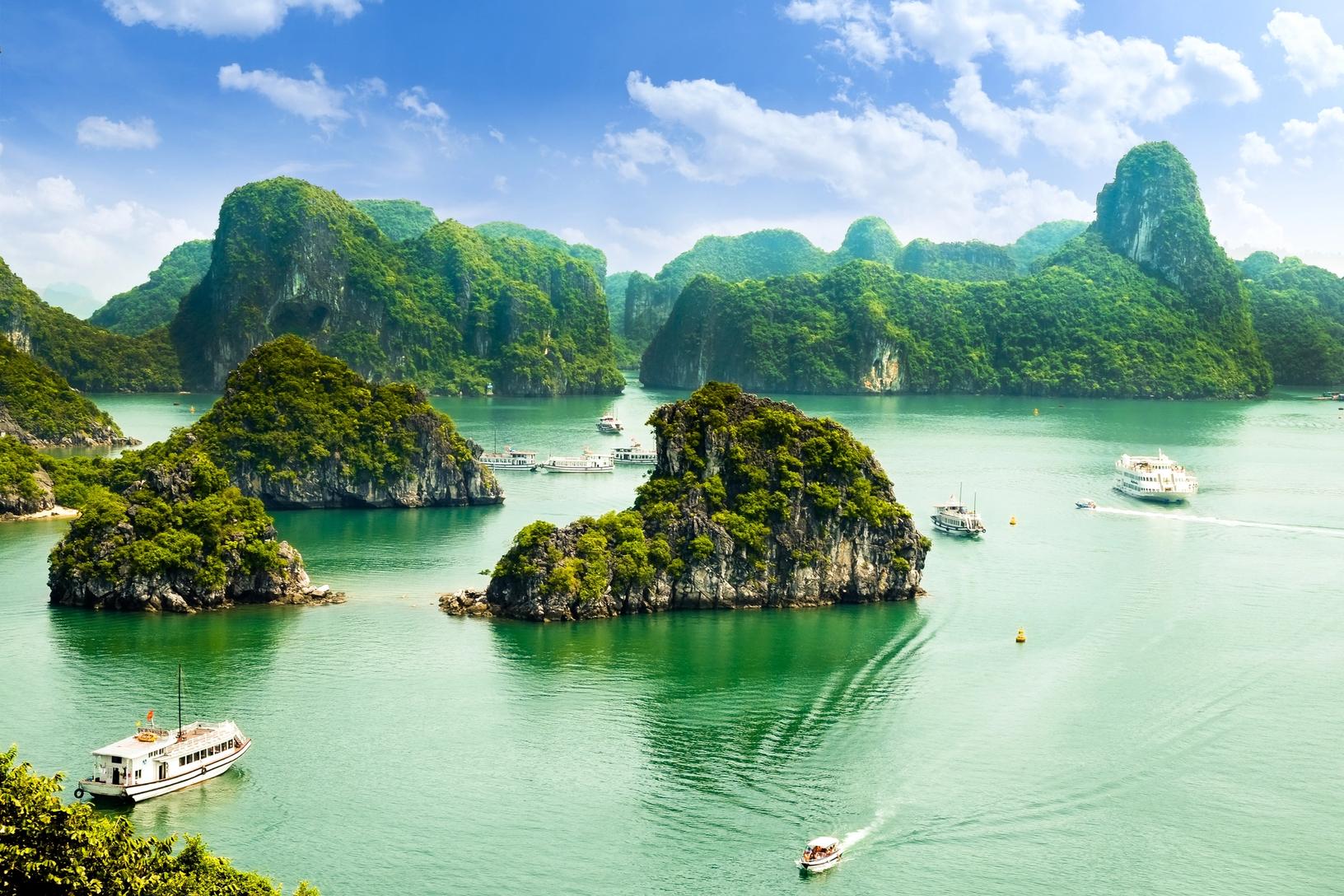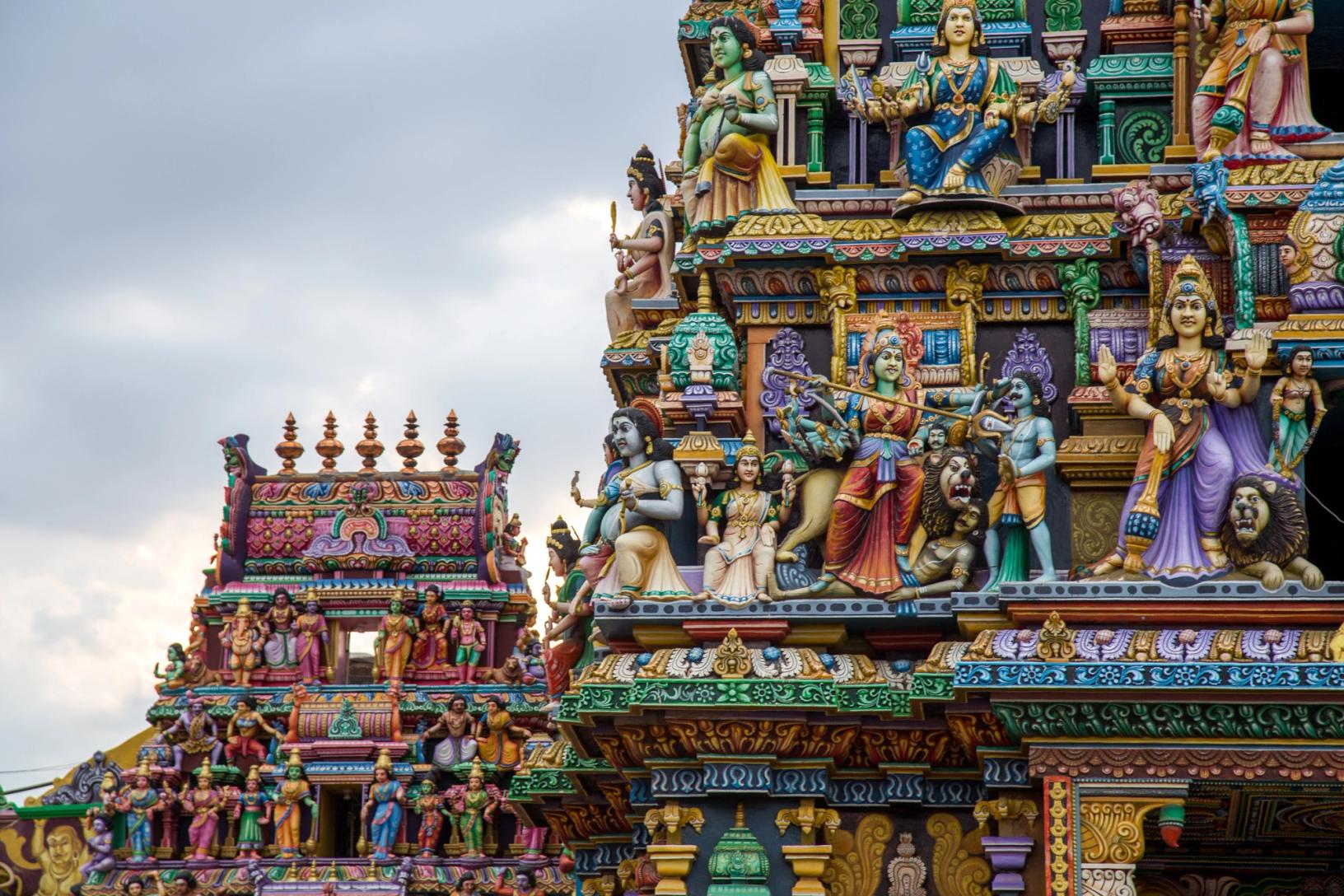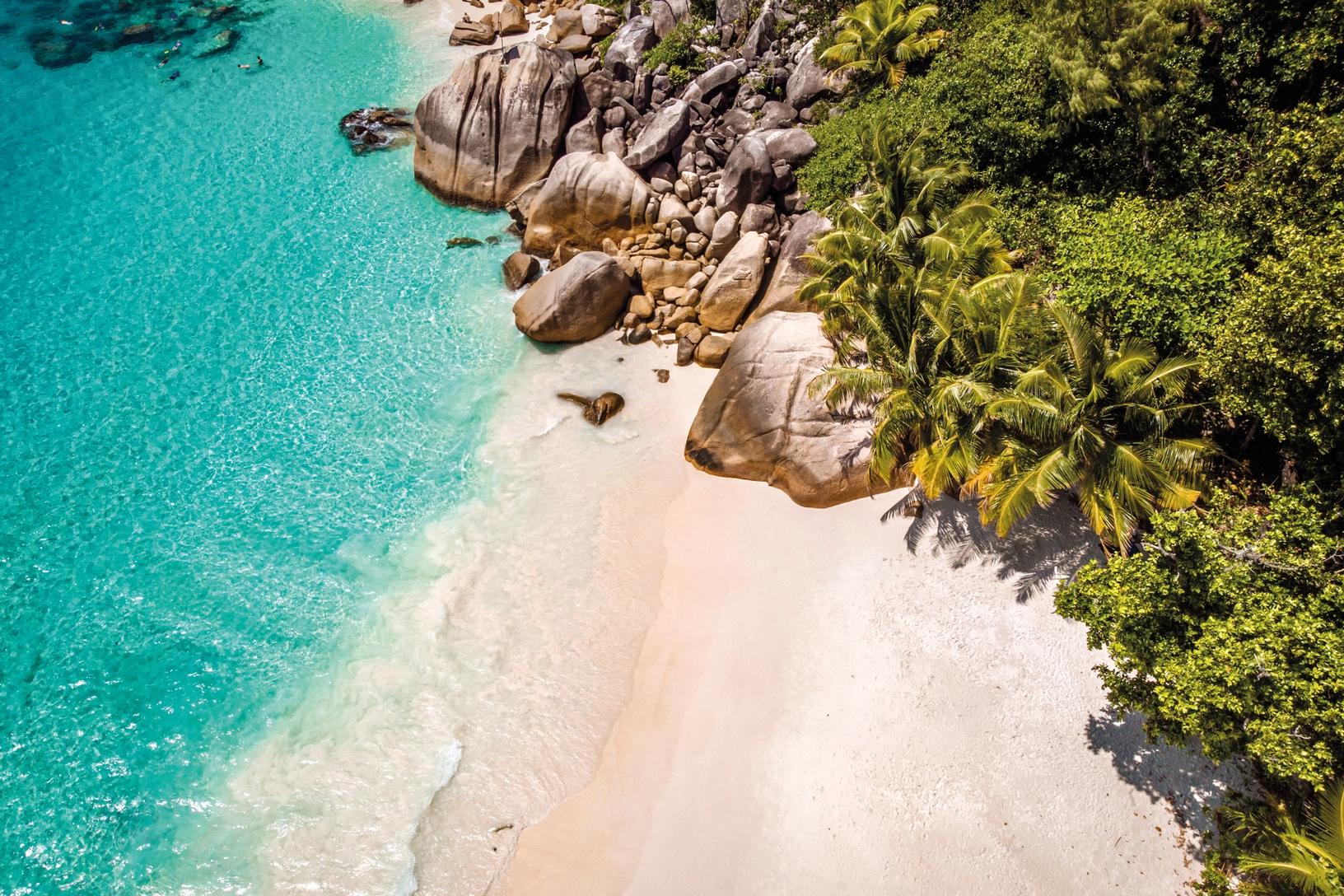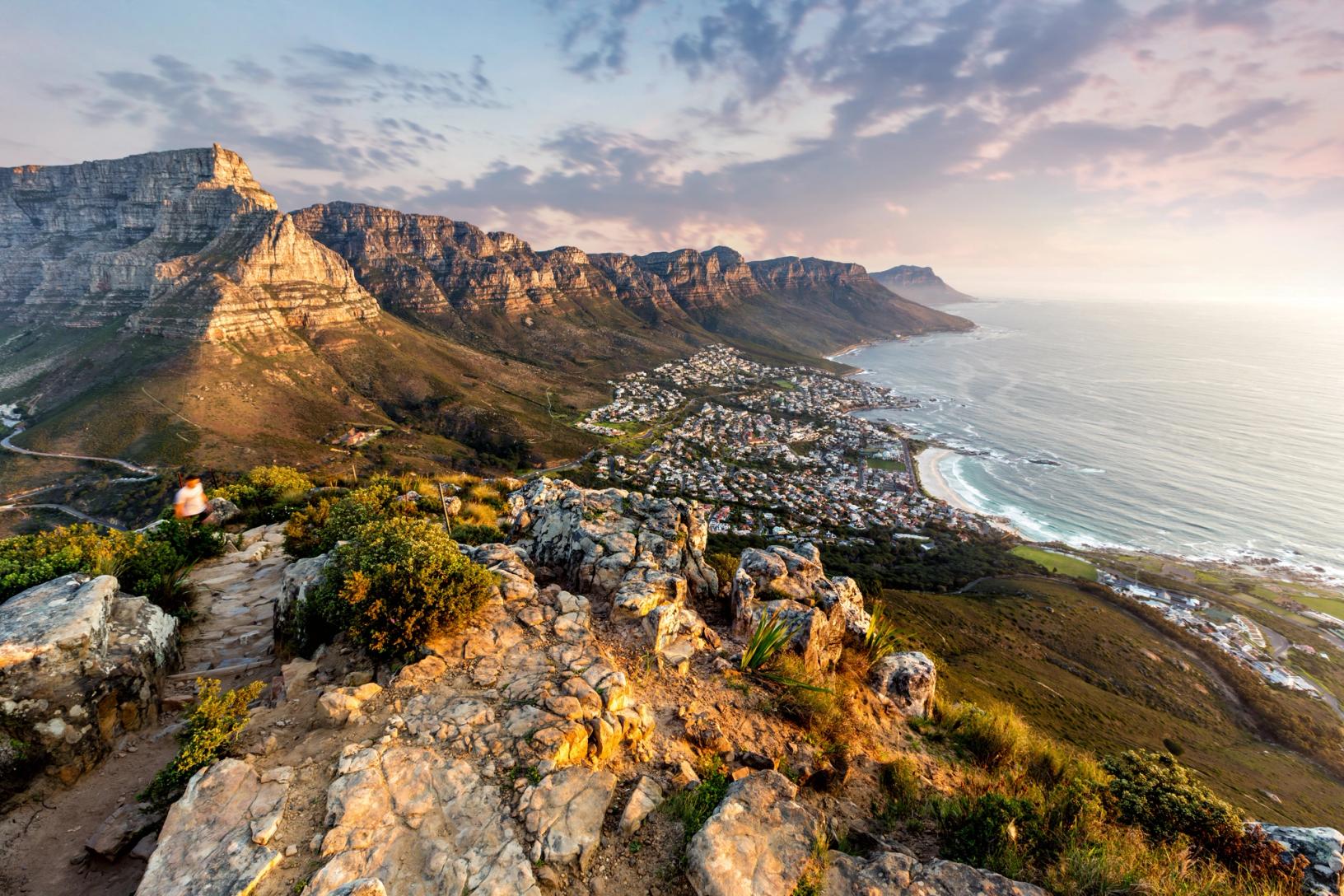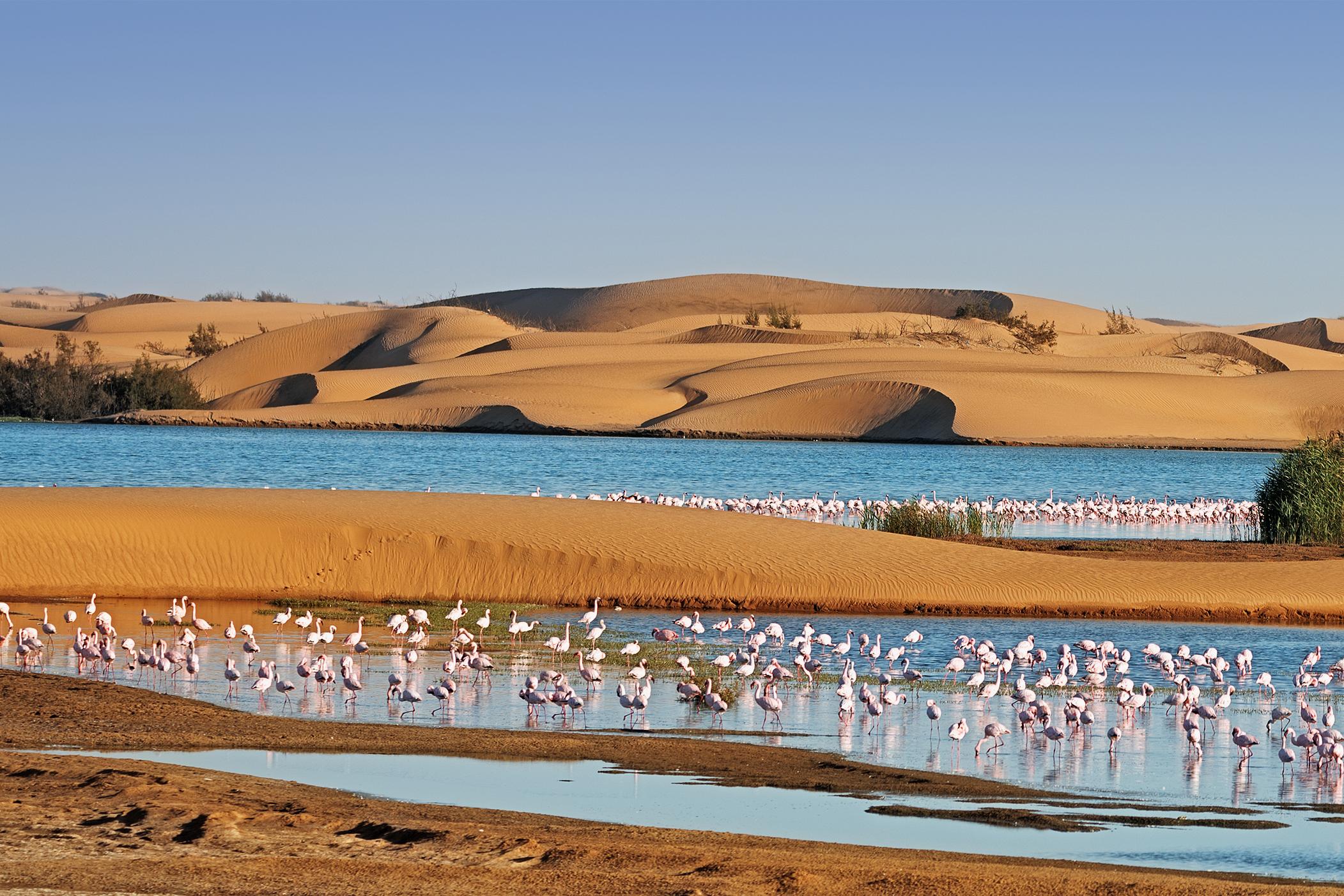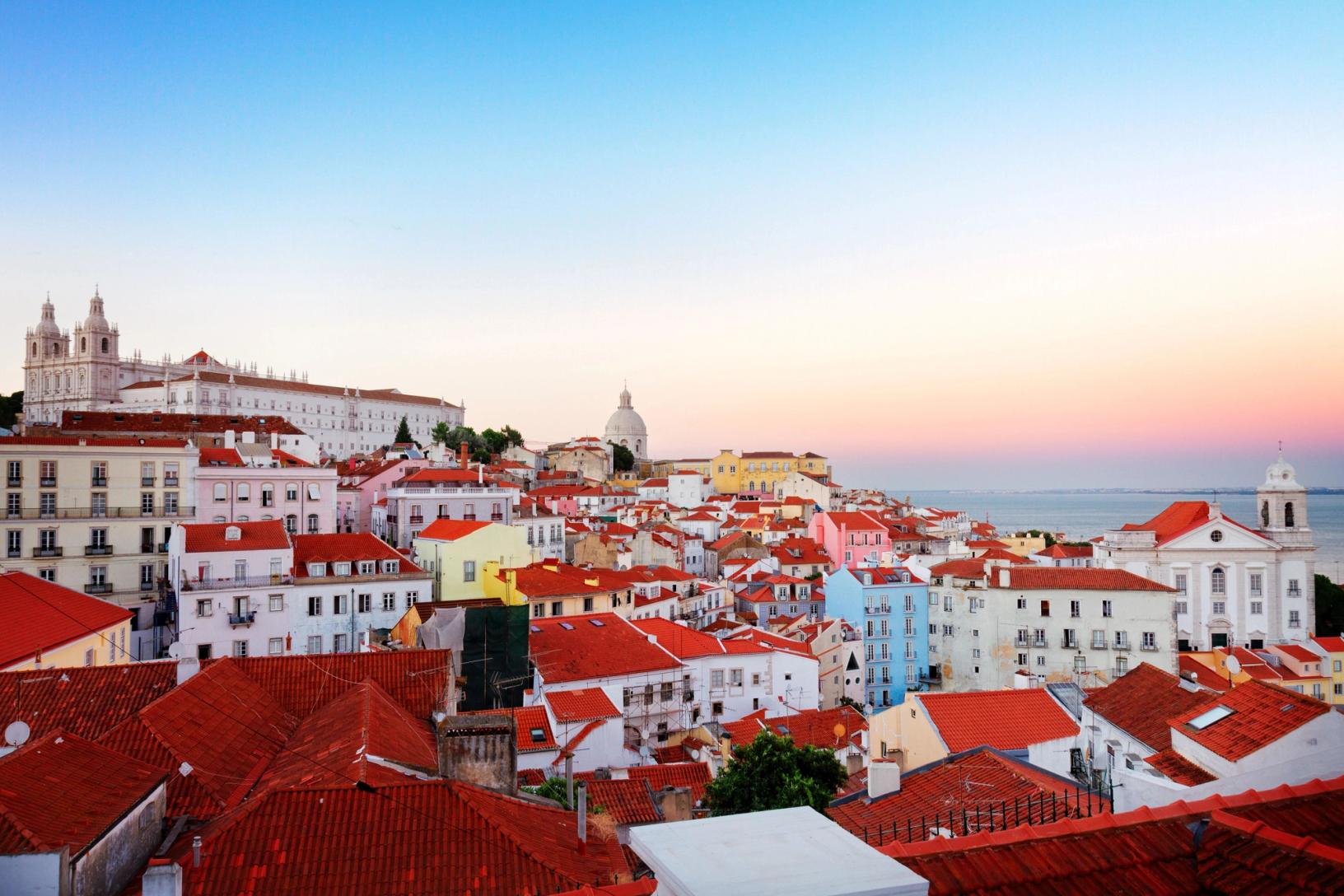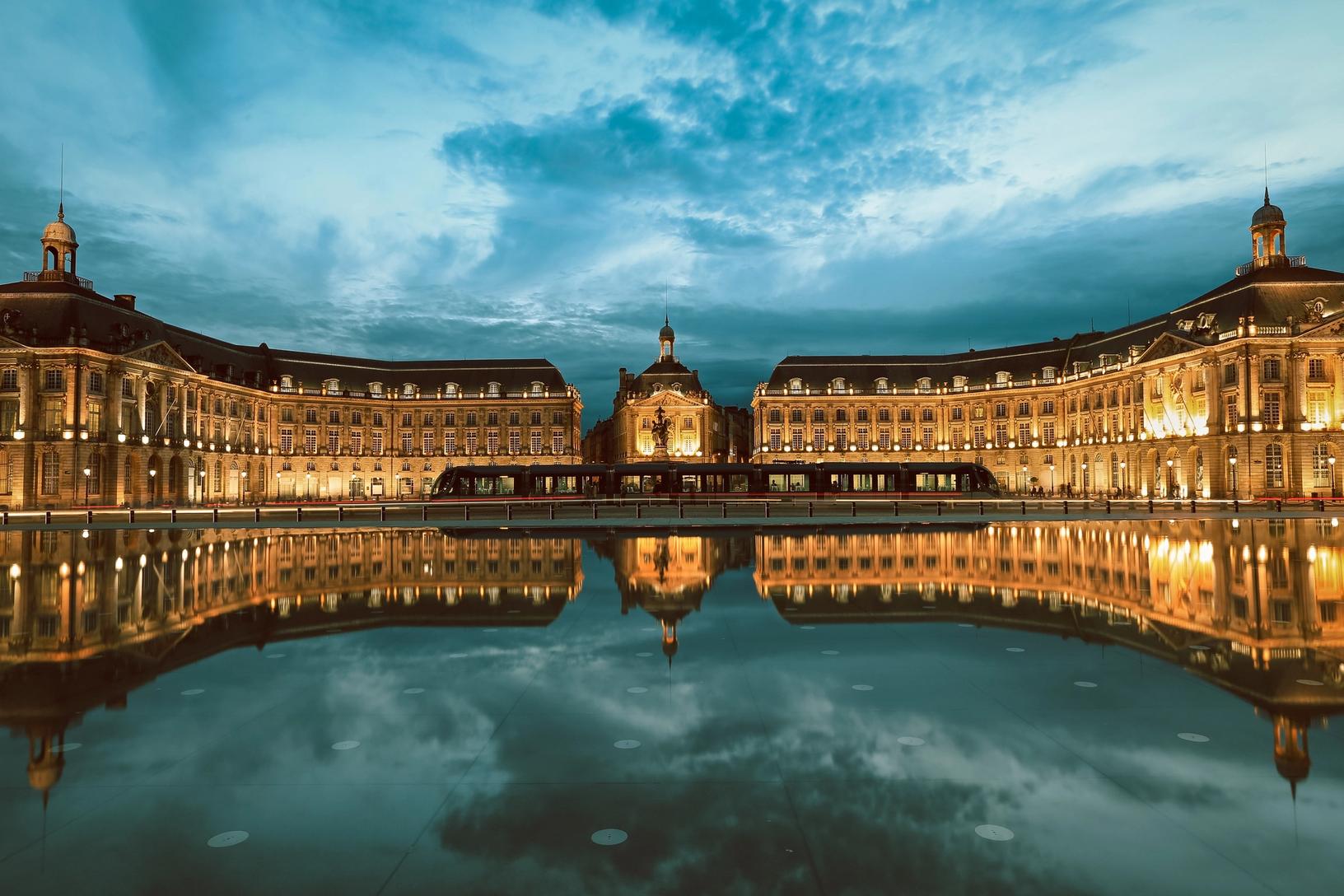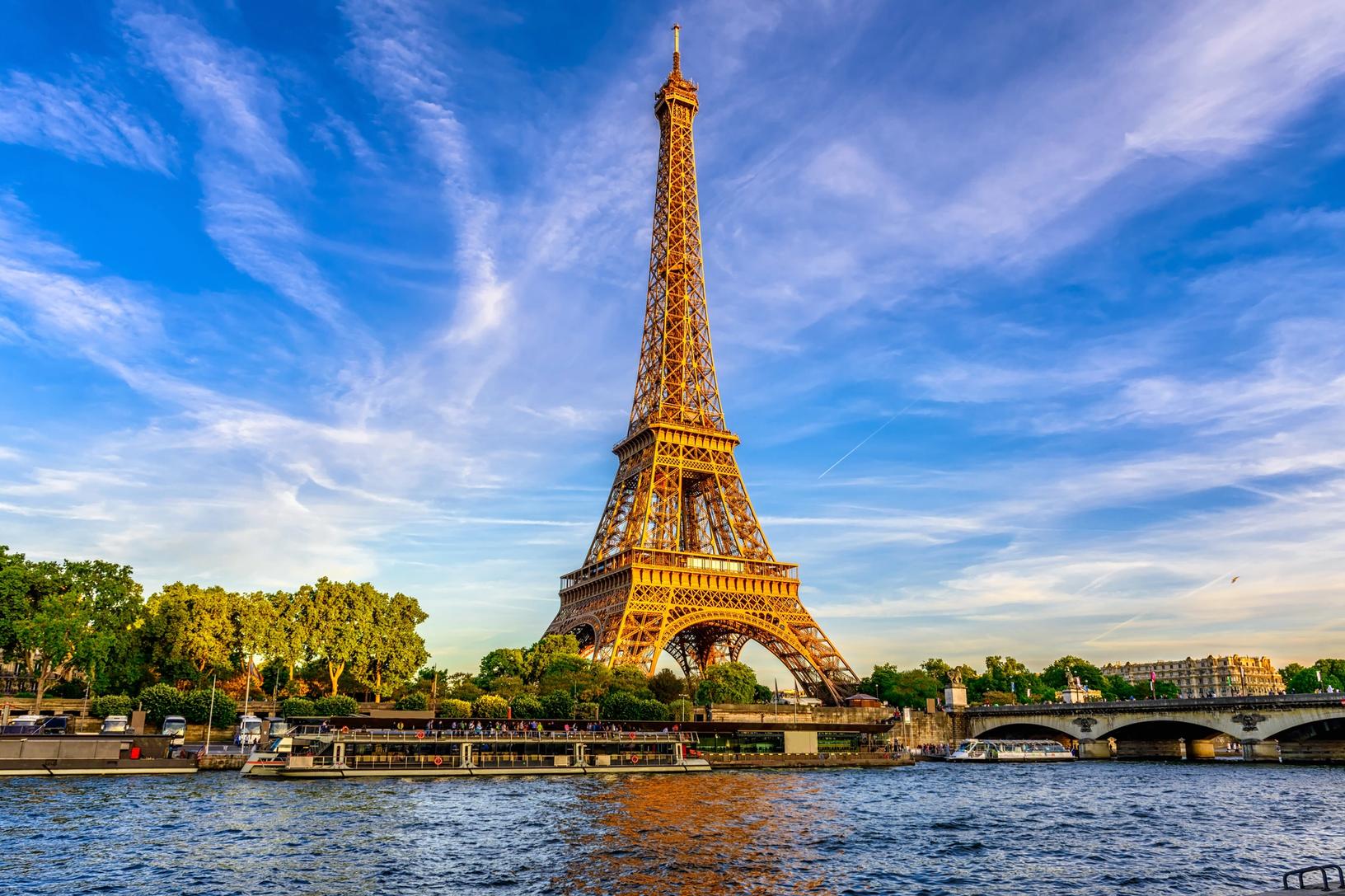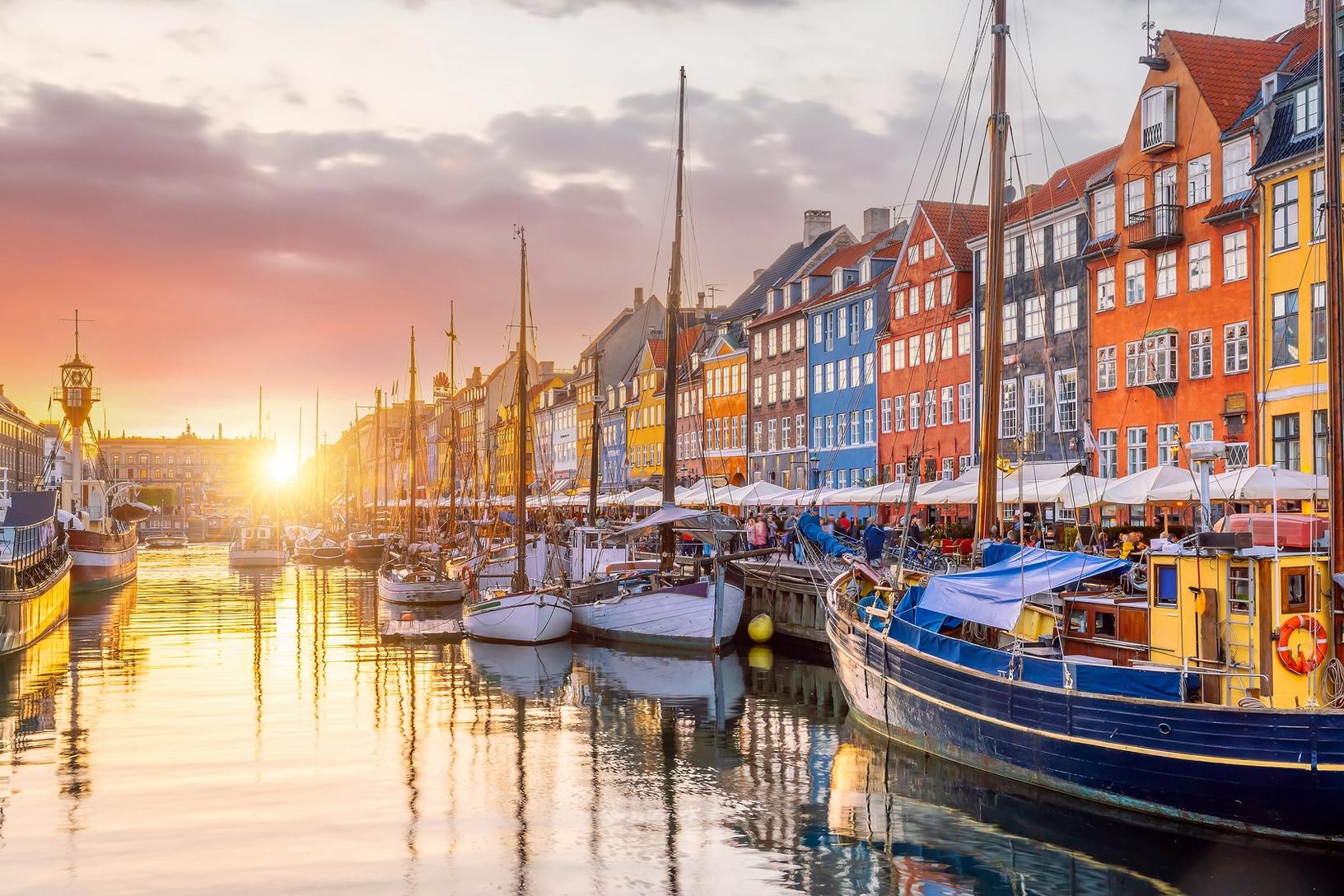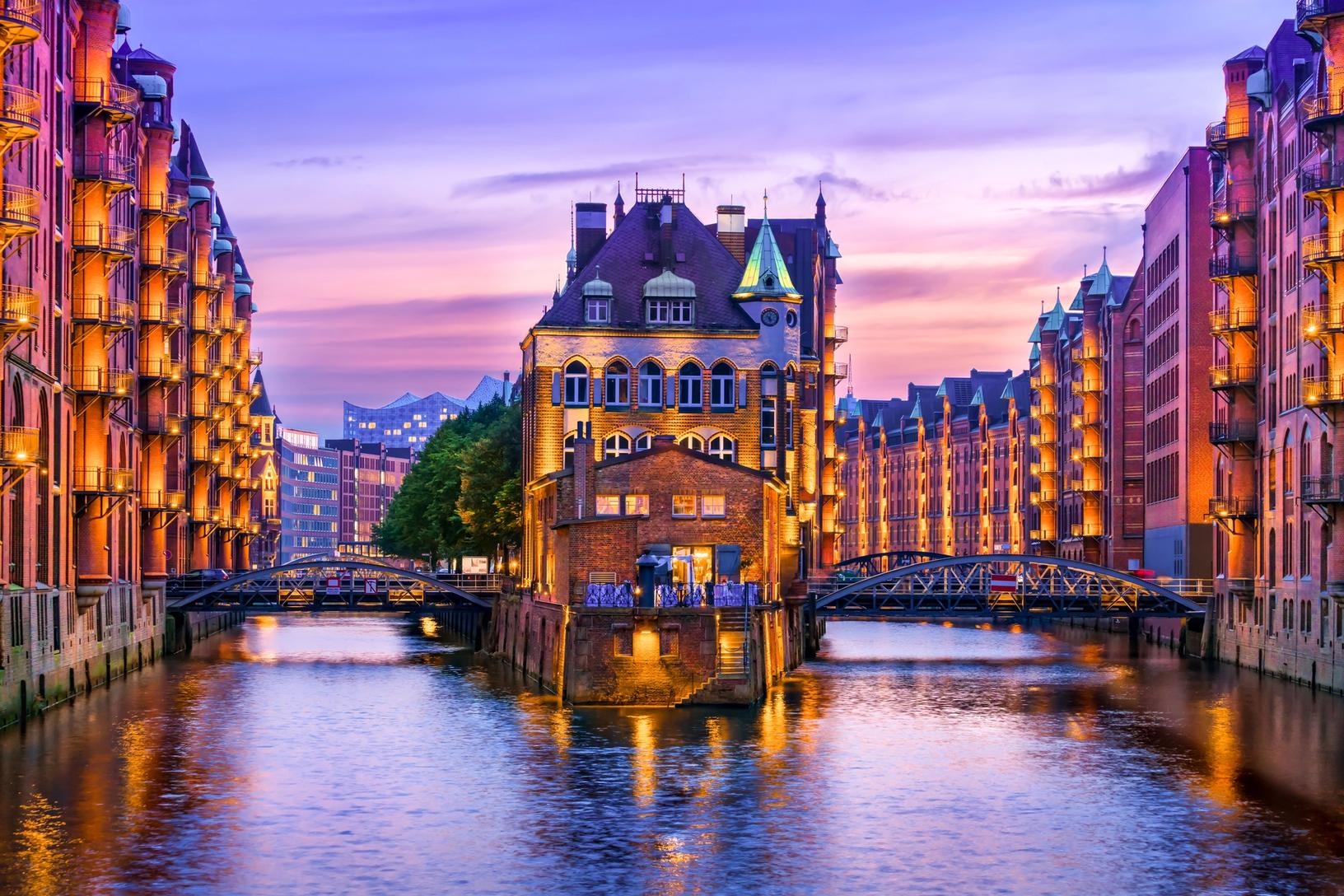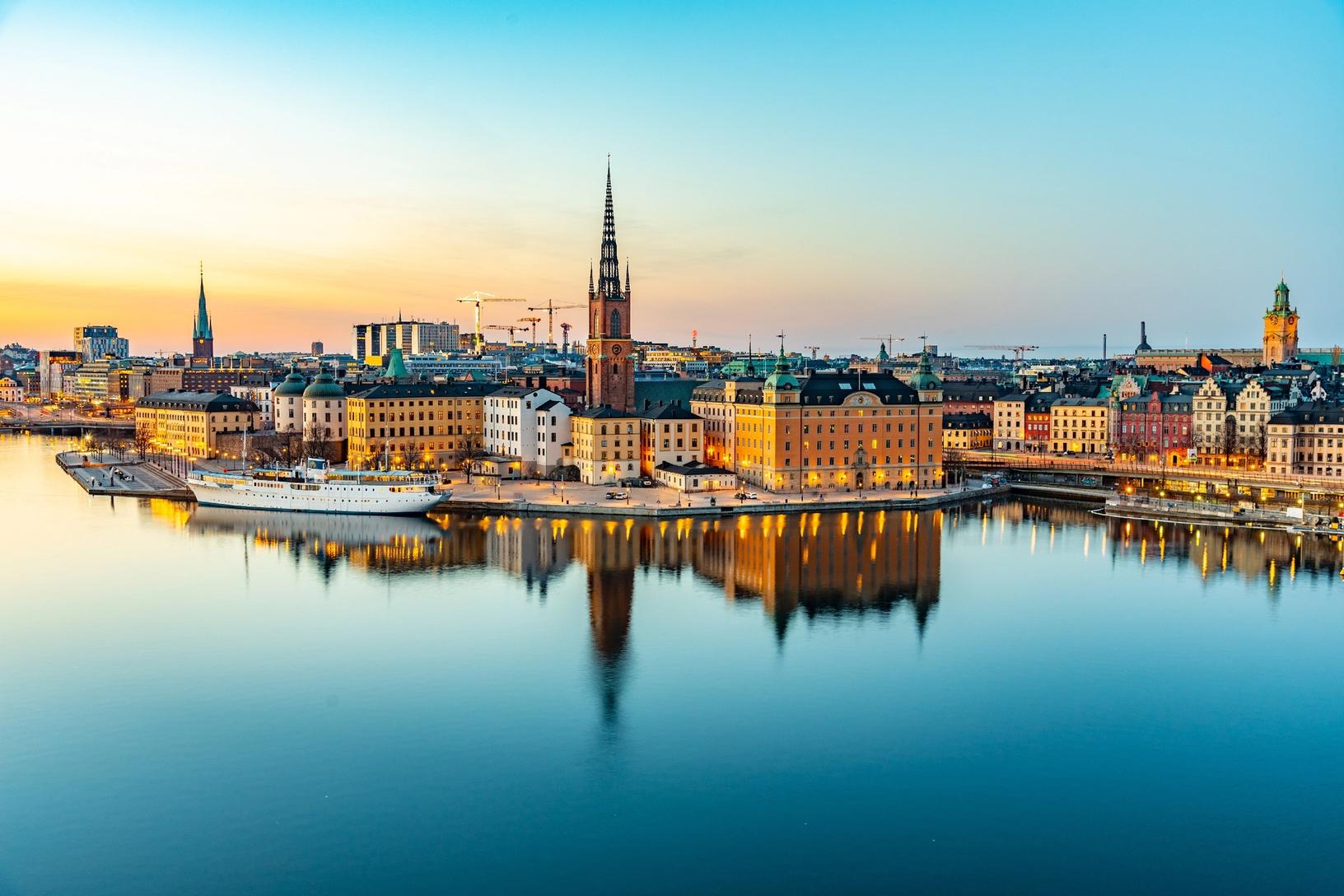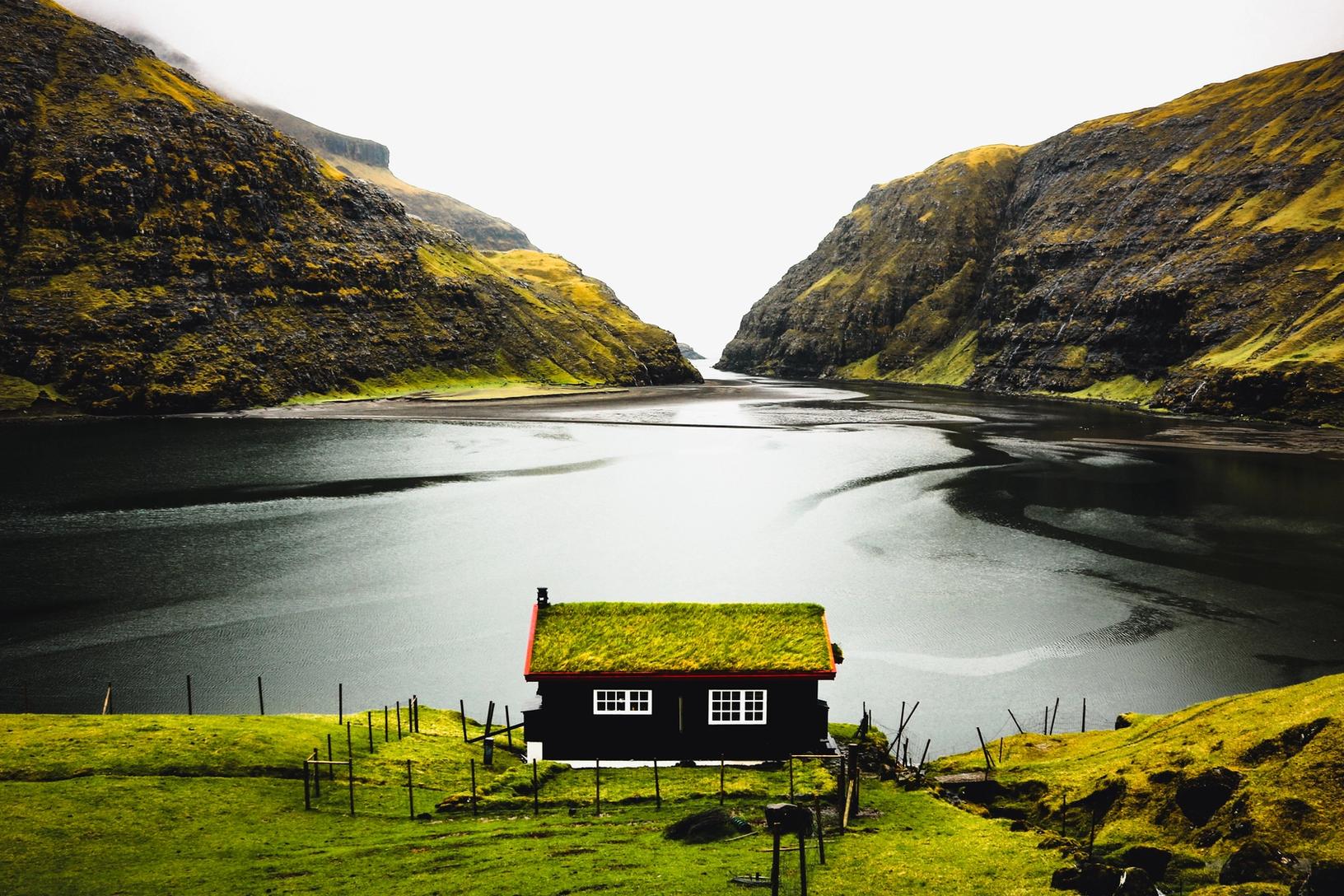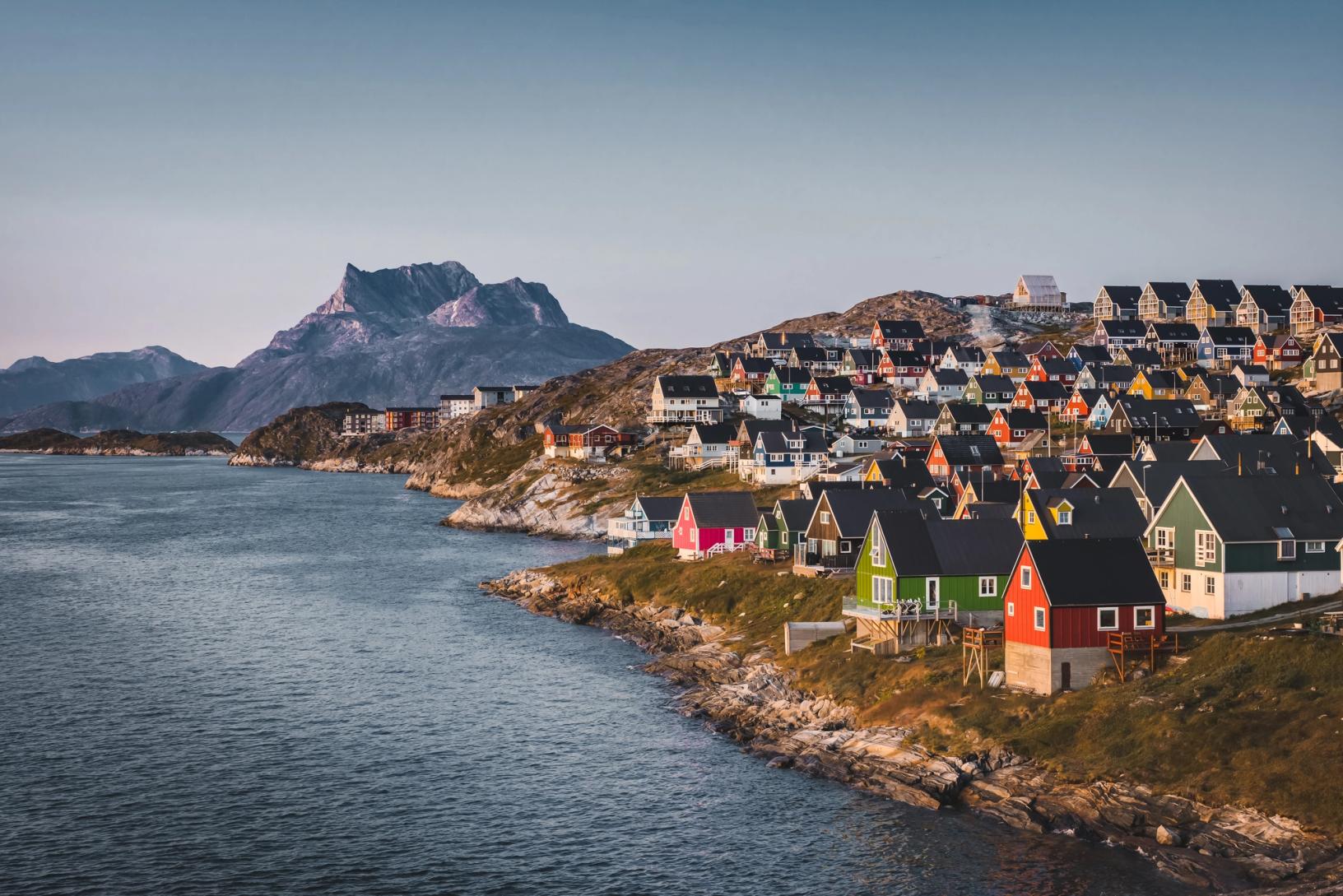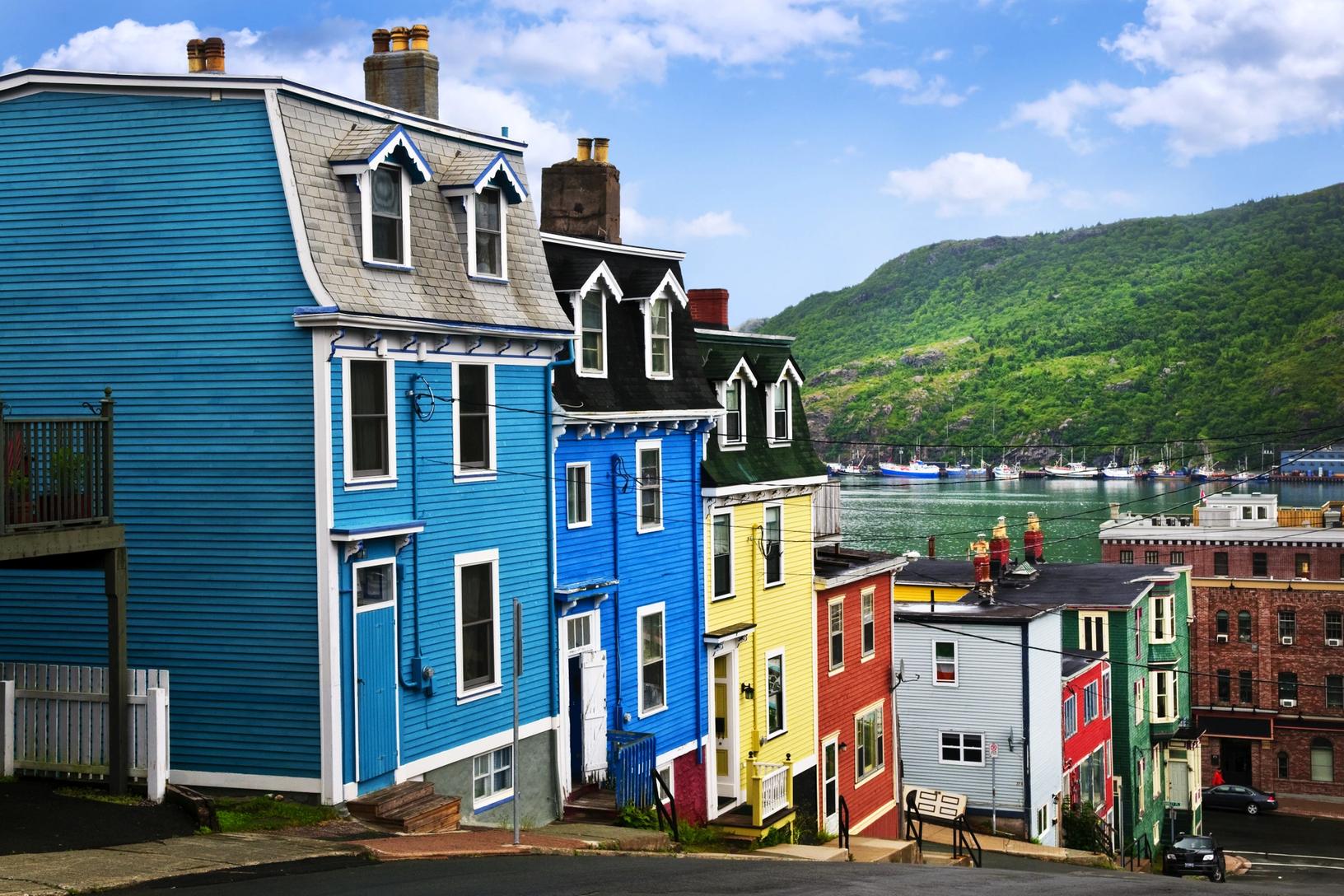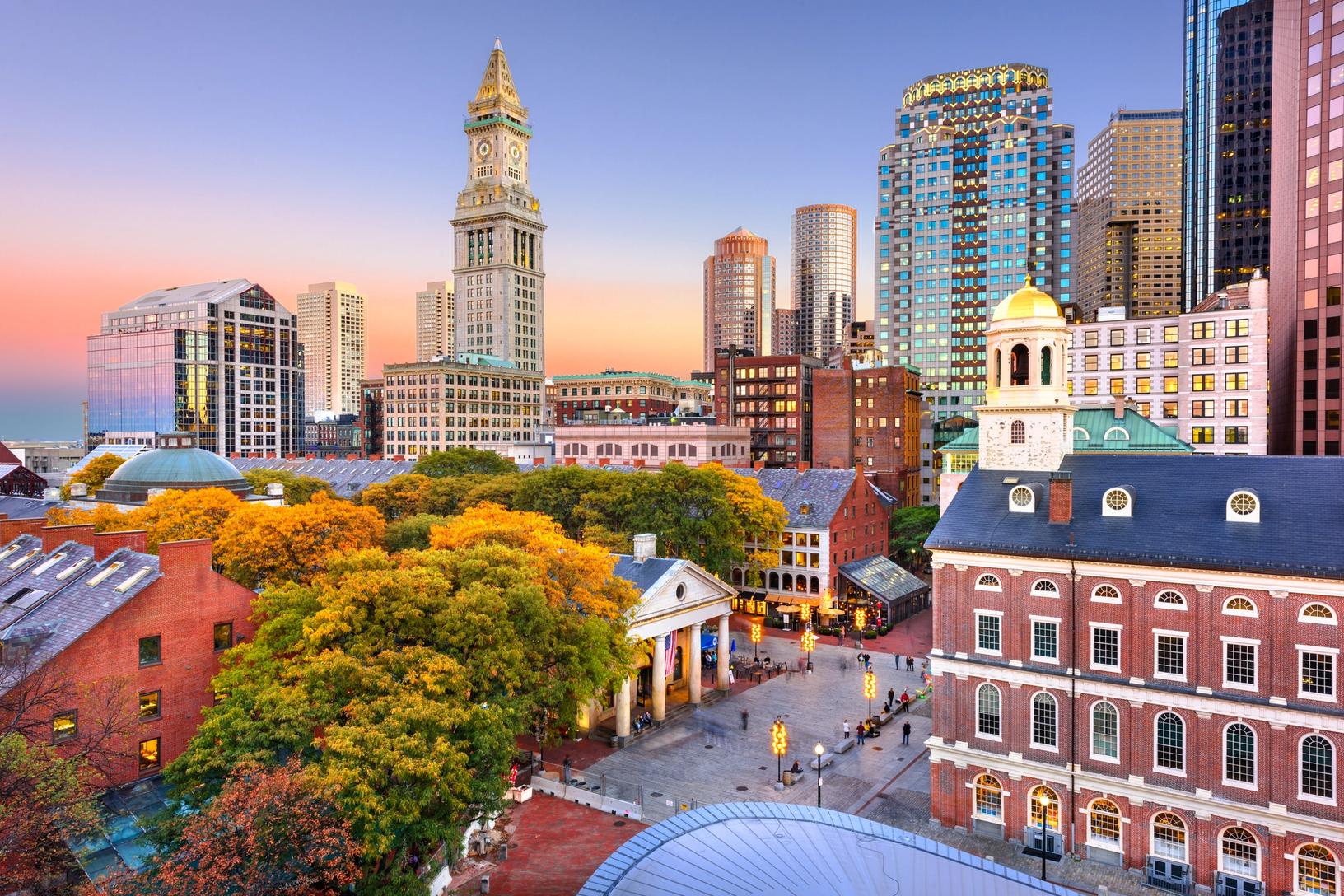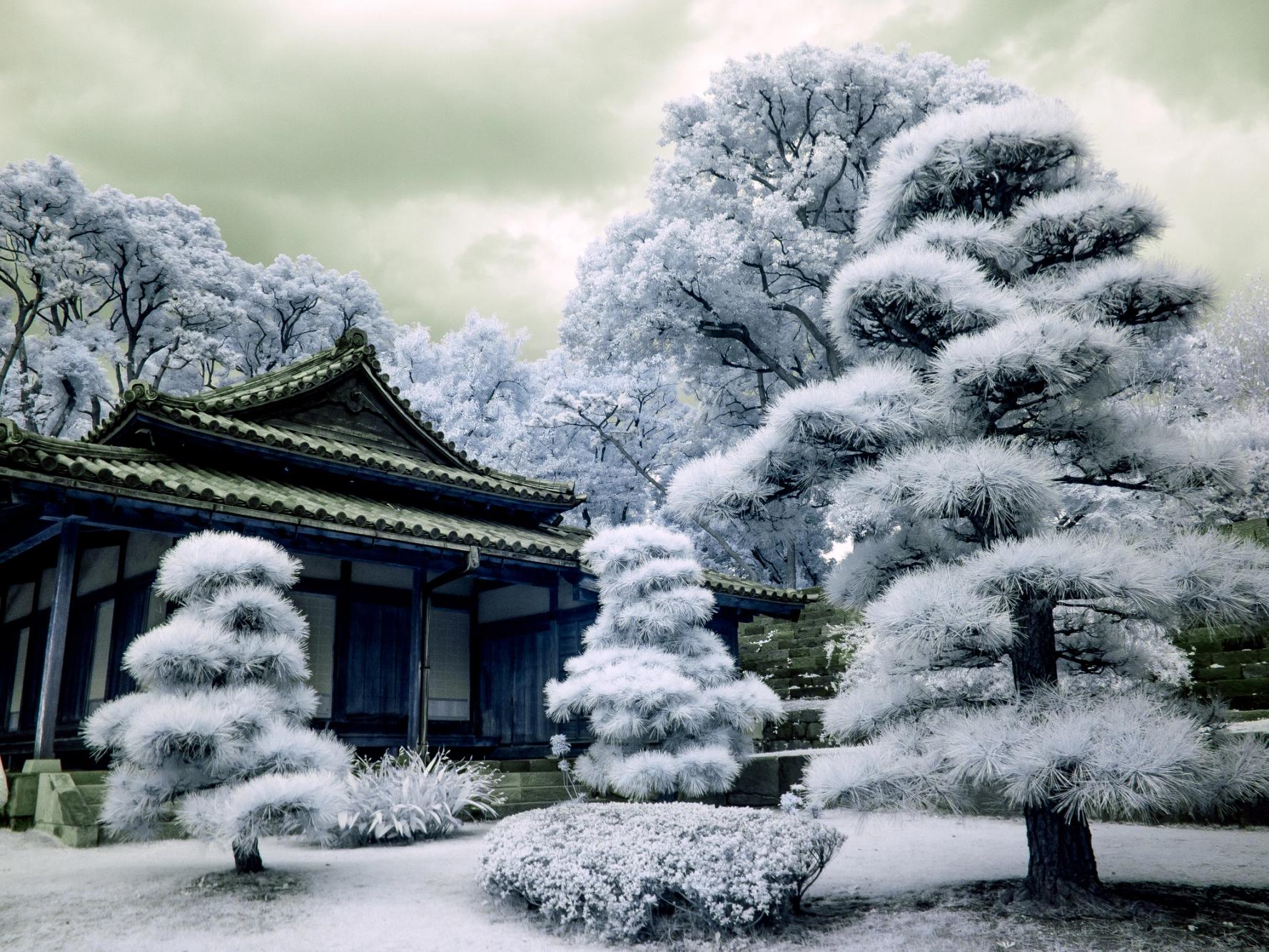
Tag: Osaka Japan
Thursday, January 16, 2025 – Osaka, Japan

Where in the World Are We?
We are in Osaka, Japan


OSAKA, JAPAN
The culinary capital of Japan
A significant commercial center since medieval times, Osaka and its castle played a substantial role in the history
of Japan and its unification in the 16th century. Built-in 1583, it towers above the city in the heart of a six-hectare
park with ramparts and moats. However, the 5-storey, 8-inside-storey building you can visit today was
completed… in 1997, the castle having been rebuilt many times.
But Osaka also stands out for another aspect: its gastronomy, which for some makes it the capital of taste in a
country where the delicacy of dishes and the marriage of flavors have been elevated to the rank of a significant
art. Regarding Osaka cuisine, three key elements stand out: takoyaki, okonomiyaki, and izakayas. The first
two are eaten, while the third is where you can eat.
Let’s start with takoyaki. These little balls, crispy on the outside and soft on the inside, contain pieces of tender
octopus, green onion, and other flavorsome ingredients. Cooked in special molds, takoyaki is served hot
and topped with mayonnaise, takoyaki sauce, dried bonito (katsuobushi), and seaweed.
Let’s continue with okonomiyaki, also known as Japanese pizza. This thick pancake is made from flour, eggs, and cabbage dough. You can add your choice of ingredients, such as prawns, squid, pork, or cheese: it
all depends on your tastes, and okonomiyaki is a 100% customizable dish. Once cooked, okonomiyaki sauce,
mayonnaise, dried bonito, and seaweed are added for an incomparable flavor explosion.
small informal bars, and restaurants all over the city. As well as takoyaki and okonomiyaki, they also
serve sashimi, yakitori (grilled kebabs), and tempura (fried fritters), among other Japanese delicacies.
SIGHTS
- Osaka Castle
- Universal Studios Japan
- Dotonbori
- Osaka Aquarium Kaiyukan
- Sumiyoshi Taisha
- Umeda Sky Building
- Shitennō-ji
- Tsutenkaku
- Hozen-ji Temple
- SHOPPING
Osaka has several world-class shopping districts and miles of shopping arcades,
malls, and streets. Osaka’s shopping combines upscale, brand-name, and designer
goods with inexpensive thrift shops and discount chains.
The city’s two largest shopping districts are Umeda in the north and Namba in
the south. JR Osaka Station serves the Umeda area (also known as Kita) and
Umeda Station, while Namba serves the Namba area (also known as Minami)
Station. Both areas have large concentrations of department stores, shopping
arcades, and some of Japan’s most extensive underground shopping malls.
In between Umeda and Namba is the covered shopping arcade Shinsaibashi-suji,
one of Osaka’s oldest and busiest shopping destinations, which runs about 600
meters in length.
Today’s Excursion – The View of Osaka
We experienced the stunning beauty and history of Osaka from two unique perspectives during this
panoramic, half-day sightseeing excursion by visiting the Shitenno-ji Temple and the Umeda Sky Building
The Shitenno-ji Temple was built in the late 6th century by the son of Emperor Yomei.
One of Japan’s oldest temples, Shittenno-ji, was the first to be built by the state and was founded in 593 by Prince Shotoku, who supported the introduction of Buddhism into Japan. Whilst several of the temple’s buildings have burned down several times throughout the centuries, they have always been carefully reconstructed to reflect the original, 6th-century design.
Outer Temple Grounds, Interior Tour, Gokuraku-jodo Garden, Pagoda, Main Hall, Kannon Statue.
We took a guided walking tour around the outer temple grounds upon arrival. Once inside the temple,
we saw the Gokuraku-jodo Garden, the pebble-covered courtyard with a five-story pagoda, and the Main
Hall where Prince Shotoku is enshrined as a statue of Kannon.
Umeda Sky Building, 40-storey Towers, Bridges, Escalator, Sky Walk, Panoramic Views Over Osaka
The Umeda Sky Building is among the tallest buildings in Osaka and one of its most recognizable
landmarks. At a height of approximately 567 feet (173 metres), the building consists of two,
40-story towers that connect at their two uppermost stories, with bridges and an escalator for
crossing the vast, atrium-like space in the center. The highlight of your tour is a visit to the
Sky Walk, where you can enjoy spectacular, 360-degree panoramic views overlooking Osaka.
Later, we went to the Osaka Aquarium.










CHRIS HAMILTON
PIANO SHOWMAN
TONIGHT’S SHOW WITH CHRIS HAMILTON
AT 9:15 PM
VENETIAN LOUNGE, DECK 5
Chris Hamilton started playing the piano at the age of four.
Performing all over the world, New York critics described
him as “the real deal” and “a total showman,” while the UK’s
Telegraph hailed him as “an ace pianist.” He was awarded
Silversea Guest Entertainer of the Year in 2018. Chris is also a
multi-award-winning composer and lyricist.



Wednesday, January 15, 2025 – Photo of the Day – Osaka, Japan

Where in the World Are We?
We are in Osaka, Japan.

OSAKA, JAPAN
The City has thrown off its shackles and stepped out of the shadows
Japan’s third-biggest city has thrown off its shackles and stepped out of the shadows to light up the sky with glaring neon signs and a larger-than-life outlook. Giant octopuses cling to buildings and bustling restaurants pack in the crowds in this tremendous and garish place, Japan’s most friendly, extroverted, and flavourful place. So dive in headfirst to experience an all-out sensory assault of delicious food, shopping cathedrals, and glittering temples. Dotombori Bridge bathes in the multicolored, jewel-like lights of signage-plastered buildings, and the neon lights dance on the canal’s waters below.
Osaka is known as the nation’s kitchen, and the Kuromon Ichiba Market has served as the city’s spot to tuck in for almost 200 years. Full of street food stalls – try pufferfish, savory Okonomiyaki pancakes, or ginger and onion-flavoured octopus among the endless feast of exotic flavors. Osaka Castle is another of the city’s landmarks, built in the 16th century by Toyotomi Hideyoshi. A modern museum now waits inside, where you can learn about the country’s history and why this castle symbolizes Japanese unity. Take the elevator to the observation deck for a panoramic view of Osaka’s spread. A colorful park encloses the castle and blooms with an ocean of pale pink cherry blossoms during the season – the elegant black tiers rising from the pink haze below is one of Osaka’s most alluring visions. Kyoto’s peaceful cultural treasures and temples are also just a short jaunt away on Japan’s sleek trains, should you wish to explore further.
SIGHTS
• Osaka Castle
• Universal Studios Japan
• Dotonbori
• Osaka Aquarium Kaiyukan
• Sumiyoshi Taisha
• Umeda Sky Building
• Shitennō-ji
• Tsutenkaku
• Hozen-ji Temple
SHOPPING
Osaka has several world-class shopping districts and miles of shopping arcades, malls, and streets. Osaka’s shopping combines upscale, brand-name, and designer goods with inexpensive thrift shops and discount chains.
The city’s two largest shopping districts are Umeda in the north and Namba in the south. JR Osaka Station and Umeda Station serve the Umeda area (also known as Kita), while Namba Station serves the Namba area (known as Minami). Both places have large concentrations of department stores, shopping arcades, and some of Japan’s most extensive underground shopping malls.
Between Umeda and Namba is the covered shopping arcade Shinsaibashi-suji, one of Osaka’s oldest and busiest shopping destinations, which runs about 600 meters long.
Today’s Excursion – Introduction to Osaka
During this picturesque, half-day sightseeing excursion, we explored Osaka’s feudal and religious past.
Osaka, Osaka Castle, Weapons, Armour, Artefacts, Panoramic Viewpoint
Osaka Castle was built in the late 16th century; the castle was burned down in a series of 17th-century battles.
It was later reconstructed, but its donjon was again destroyed by fire. The castle’s final reconstruction
took place in the early 20th century. The first seven floors of the castle display various weapons, armor, and artifacts of a bygone era. The eighth floor features splendid panoramic vistas and photo opportunities of the castle’s surroundings.
Sumiyoshi Taisha Shrine, Four Sanctuaries, 600 Stone Garden Lanterns, Red, Arched Bridge
Built in the 3rd century, the people of Osaka believed the shrine was the guardian deity for
sailors and a deity to bring prosperity. It also serves as the headquarters of over 2,000 Sumiyoshi
Taisha Shrines throughout Japan. Some three million people visit this shrine at the beginning of
each New Year. The shrine is home to the first-fourth sanctuaries. Each sanctuary is built in the
Sumiyoshi-Zukuri style has straight roofs, is the oldest Shrine architecture style, and is designated National Treasures.
In the precincts surrounded by woods, over 600 stone garden lanterns stand in a row, and a red, arched bridge
spans over the pond.































Tonight’s dinner was at The Alantide Restaurant

BEN MILLS IN CONCERT
TONIGHT’S SHOW WITH BEN MILLS
AT 9:15 PM
VENETIAN LOUNGE, DECK 5
Named by Sir Rod Stewart as the next Joe Cocker, the electrifying multi-instrumentalist and
vocalist Ben Mills is set to ignite the stage with a high-octane show packed with iconic
hits from the 60’s and 70’s!
Friday, April 19, 2024 – Photo of the Day – Osaka, Japan

Where in the World Are We?
We are in Osaka, Japan.

OSAKA, JAPAN
EXPLORE THE CULINARY CAPITAL OF JAPAN
An important commercial centre since medieval times, Osaka and its castle played a major role in the history of Japan and its unification in the 16th century. Built in 1583, it towers above the city in the heart of a six-hectare park with ramparts and moats. However, the 5-storey, 8-inside-storey building you can visit today was completed… in 1997, the castle having been rebuilt many times.
But Osaka also stands out for another aspect: its gastronomy, which for some makes it the capital of taste in a country where the delicacy of dishes and the marriage of flavours have been elevated to the rank of a major art.
When it comes to Osaka cuisine, three key elements stand out: takoyaki, okonomiyaki and izakayas. The first two are eaten, while the third is where you can eat.
Let’s start with takoyaki. These little balls, crispy on the outside and soft on the inside, contain pieces of tender octopus, green onion and other flavoursome ingredients. Cooked in special moulds, takoyaki are served hot and topped with mayonnaise, takoyaki sauce, dried bonito (katsuobushi) and seaweed.
Let’s continue with okonomiyaki, also known as Japanese pizza. This thick pancake is made from a dough of flour, eggs and cabbage. You can add your choice of ingredients, such as prawns or squid, or pork or cheese: it all depends on your tastes, and okonomiyaki is a 100% customisable dish. Once cooked, okonomiyaki sauce, mayonnaise, dried bonito and seaweed are added for an incomparable explosion of flavour.
These two local specialities can be enjoyed in another essential component of Osaka’s culinary scene: izakayas, small informal bars and restaurants found all over the city. As well as takoyaki and okonomiyaki, they also serve sashimi, yakitori (grilled kebabs) and tempura (fried fritters), among other Japanese delicacies.
TENJINBASHI-SUJI SHOPPING STREET
Tenjinbashi-suji Shopping Street claims to be the longest in Japan. The covered arcade stretches more than two kilometers, starting approximately from Tenjimbashi-suji Rokuchome Subway Station and leading south until close to the Tenjinbashi Bridge. Locals shop for goods such as groceries, clothes, shoes, books, medicine, snacks and sundries. Prices for fashion products are relatively low in return for average quality. There are also many eateries and cafes.
SIGHTS
- Abeno Harukas
- Kuchu Teien Observatory
- Kuromon Ichiba Market
- Osaka Tenmangu
- Hep Five Ferris Wheel
- Shin Sekai “New World”
- Tsūtenkaku
Today’s Excursion – Nara UNESCO World Heritage Sites
We discovered a pair of magnificent UNESCO World Heritage Sites during this scenic sightseeing excursion to Nara.
The Todaiji Temple famous for its great copper image of Buddha, the symbol of Nara. With a height of 59 feet from the ground, this Buddha image was the largest in the world at the time of its completion in 752 A.D.
The temple building itself is the largest existing wooden structure in the world. Reconstructed in the mid-Edo Period (1603-1867), it measures 187 feet in width and 157 feet in height. While strolling through the temple, we saw hundreds of deer. They are considered messengers of the gods in the Shinto religion and are allowed to roam freely here.




























Kasuga Taisha Shrine, 2,000 Stone Lanterns, Torii Gate, Colourful Halls, Japanese Lunch
Leaving the temple, our next stop was the Kasuga Taisha Shrine. Originally constructed in 768 A.D. by the Fujiwaras, a
prominent feudal family, this shrine has been rebuilt over 50 times (every 20 years) in accordance with Shinto custom to purify the site. More than 2,000 stone lanterns line the pathways, and are lit only three times a year on special festival days. We passed through the Torii Gate to experience the unique architectural style of the shrine, including the shape of the roof and brilliant vermilion and green halls.

























The KAIYUKAN is an aquarium that faithfully recreates the natural environment of the world’s largest ocean, the Pacific Ocean, and its surrounding waters. Each region of the Pacific Rim that surrounds the Pacific Ocean is recreated in a large water tank. Each tank in the aquarium is arranged in a way that is similar to how they are actually located geologically in the Pacific Ocean. Starting with the “Pacific Ocean” tank that is home to the majestic whale shark, or the “Forest of Japan” tank that is lush in vegetation and flowing waterfalls, to the “Tasman Sea” tank that houses the Pacific white-sided dolphin, each of the tanks in total houses and displays approximately 30,000 creatures with 620 types of species. Other popular tanks include the “Jellyfish Galaxy” that are all about the jellyfishes, or the “North Pole” tank that houses the Ringed seals.











Check out today’s Chronicle.
Thursday, April 18, 2024 – Photo of the Day – Osaka, Japan

Where in the World Are We?
We are in Osaka, Japan.

OSAKA, JAPAN
A CHARMING, RELAXED CITY BEST KNOWN FOR ITS FOOD, FUN AND NIGHTLIFE
Japan’s third-biggest city has thrown off its shackles and stepped out of the shadows to light up the sky with glaring neon signs and a larger-than-life outlook. Giant octopuses cling to buildings, and bustling restaurants pack in the crowds in this tremendous and garish place, Japan at its most friendly, extroverted, and flavorful place.
So dive in headfirst to experience an all-out sensory assault of delicious food, shopping cathedrals, and glittering
temples. Dotombori Bridge bathes in the multicolored, jewel-like lights of signage-plastered buildings, and the
neon lights dance on the canal’s waters below. Osaka is known as the nation’s kitchen, and the Kuromon Ichiba Market
has served as the city’s spot to tuck in for almost 200 years.
Full of street food stalls – try pufferfish, savory Okonomiyaki pancakes, or ginger and onion-flavored octopus
among the endless feast of exotic flavors. Osaka Castle is another of the city’s landmarks, built in the 16th century by
Toyotomi Hideyoshi. A modern museum now waits inside, where you can learn about the country’s history and why
this castle symbolizes Japanese unity.
Take the elevator to the observation deck for a panoramic view of Osaka’s spread. A colorful park encloses the castle and blooms with an ocean of pale pink cherry blossoms during the season – the elegant black tiers rising from the pink haze below is one of Osaka’s most alluring visions.
Kyoto’s peaceful cultural treasures and temples are also just a short jaunt away on Japan’s sleek trains, should you
wish to explore further afield.
DOTONBORI AREA
Osaka’s hotspot for tourists and travelers, Dotonbori, is filled with towering neon signs, clubs, and various bars and restaurants serving local specialties.
The name “Dotonbori” generally refers to both the Dotonbori Canal and Dotonbori Street, which runs parallel to the canal’s southern bank. It is one of the most colorful areas in Osaka and an absolute must-visit location when traveling through the Kansai region.
SIGHTS
- Universal Studios Japan
- Osaka Castle
- Osaka Aquarium Kaiyukan
- Sumiyoshi Taisha Shrine
- Shitennoji Temple
- Tempozan Giant Ferris Wheel
- Umeda Sky Building
Today’s Excursion – Kyoto Highlights & High-Speed Shinkansen Train
We experience Kyoto on the fast track to this historic city via bullet train.
Osaka, Bullet Train to Kyoto, Golden Pavilion
Depart the pier by bus to the Shin-Osaka Station. Upon arrival, we boarded the high-speed Shinkansen bullet train for a short ride to Kyoto. Upon arrival at the Kyoto Station, board a coach and transfer to the Kinkakuji Temple (Golden Pavilion) for an exterior visit. Built as a villa during the Muromachi Period in 1397, this UNESCO World Heritage Site was later converted into a temple. The temple burned down in 1950 and was rebuilt in 1955. It is approximately 41 feet tall, and the second and third stories are covered with approximately two tons of pure gold foil. The mirror reflection on the still pond in the garden is a marvelous site to behold.






























Nijo Castle, Cultural Treasures, Chinese Gate, Ni-no-maru Garden, Pictures on Doors
The Nijo Castle was built in 1626 as the residence of Shogun Tokugawa Ieyasu.
The Honmaru (Main Court) burned down in 1788. The only original part remaining is the Ni-no-maru (Second Court). The present ‘Honmaru,’ built in 1827, is a replica of the one that originally stood on the grounds of the Kyoto Imperial Palace. The castle, a UNESCO World Heritage Site, is also renowned for its many cultural treasures dating from the 16th-century Momoyama Era, including the Karamon (Chinese Gate), Ni-no-maru Garden, and pictures on the doors of the building.
Shozan Resort Kyoto, Japanese Lunch, Heian Jingu Shrine










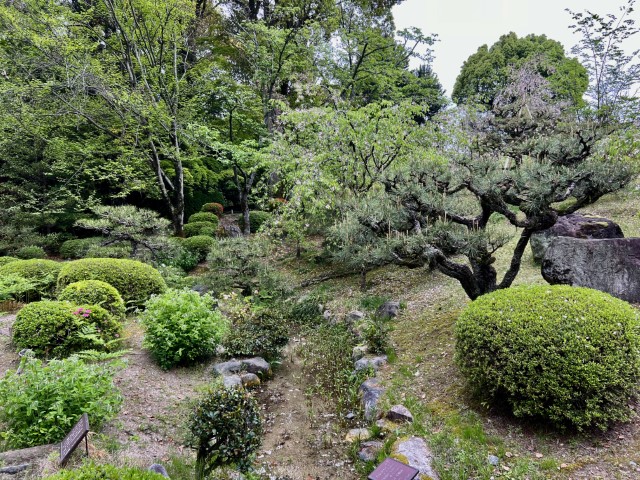










We had a Japanese, set-menu lunch at the Shozan Resort Kyoto.



After lunch, we visited the Heian Shrine (Shrine of Peace), built in 1895 to commemorate the 1,100th anniversary
of the founding of Kyoto (Heian-Kyo capital). The Heian Shrine is dedicated to two emperors: Emperor Kammu, the first
emperor to rule Kyoto, and Emperor Komei, the last emperor to live out his reign in the city.










TONIGHT’S SHOW WITH JIM HODSON
INTERNATIONAL MULTI INSTRUMENTAL VIRTUOSO
Jim hails from Melbourne, Australia, a city famous for being far away from most other places. Between drinking copious amounts of pretentious coffee, Jim somehow found the time to study guitar, trumpet, and composition.
He attained a Master’s degree in music from Melbourne University and had his compositions performed by the Melbourne Symphony Orchestra. A piece of his won an international composition prize, which thrilled Jim because it allowed him to preface his name with the description “award-winning composer.”
After studying, Jim took off on a voyage of musical discovery, which meant traveling to different countries and pestering interesting musicians into sharing their tricks. He has collaborated with musicians from China, Bulgaria, Finland, Bangladesh, Italy, and the UK, and he has even had the opportunity to perform on the Antarctic continent.
He is lucky to share his love of music worldwide with soaring guitar solos and fancy fretwork. Jim added the ukulele to the mix relatively recently after realizing the potential of this unassuming small instrument. You will be surprised at how the humble ukulele can be transformed by someone we might reluctantly call a professional.
Jim is excited to be able to travel the world performing the music he loves while steadfastly insisting that no one makes coffee as well as they do in his hometown.
When not writing about himself in the third person, Jim is an avid kayaker, kangaroo enthusiast, and whiskey-taster.




Tonight’s dinner was in The Restaurant.


Dashi Stock, Marinated Tofu, Nori Juliennes

Teriyaki Marinated Grilled Cod served with Stir Fry Vegetable, Yakimeshi Fried Rice and Teriyaki Sauce

Strawberry Compote · White Rum · Baked Meringue · Diplomat Cream · Strawberry Coulis
Check out today’s Chronicle
